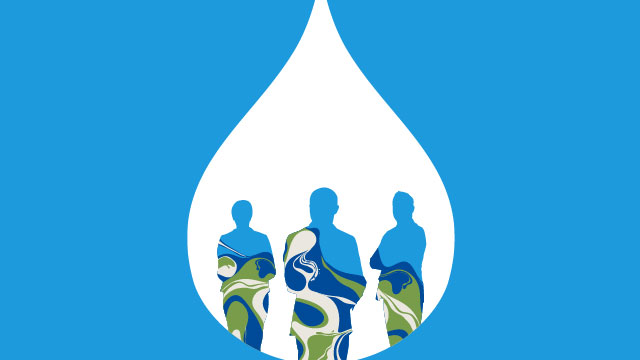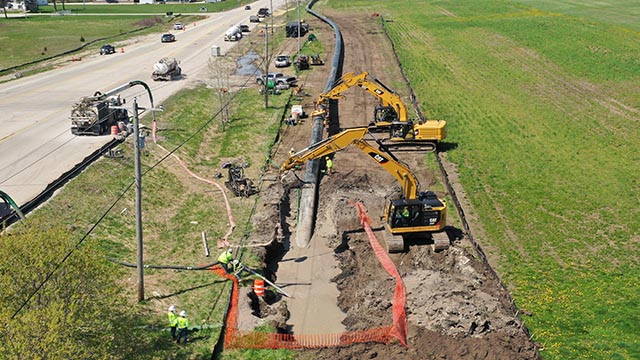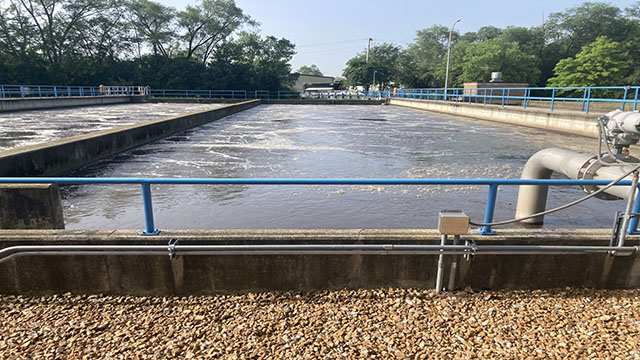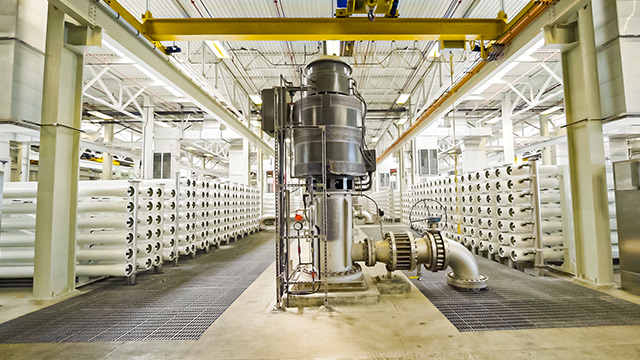The resilience of water and wastewater systems is unequivocally critical to the short- and long-term future of communities and business. Less certain is the best path to it, despite the wealth of available guidance. To address the challenge, The Water Research Foundation (WRF) teamed with Black & Veatch to help utilities better understand the relationships between enterprise risk management, performance and level-of-service goals, and planning for organizational and infrastructure resilience. The project produced a practical framework to help water, wastewater, and stormwater infrastructure providers in different geographic locations and of various sizes and types readily find tools and information to understand and select the most appropriate resiliency plan given their unique circumstances.
The Need for the 4 Rs of Resilience
Resilience can be defined as the ability of assets, networks, operations, and systems to anticipate, absorb, adapt to, and/or rapidly recover from a disruptive event. Across the water industry, the need for resilience is clear and continues to grow with time.
As explored in Black & Veatch’s Strategic Directions 2023 Water Report, water reliability and supply resilience top the list of major investments that utilities expect to make during the next decade. The reasons why are varied and interconnected. Demand for water is intensifying thanks to increasing urbanization, demographic changes and business development. Aging and simple systems are vulnerable to supply contamination and cyberattacks, putting public health at risk. Compromised supply chains severely test operations. Impacts from climate change add to the concerns.
The disruptions put tremendous stress on the availability of clean and affordable water. Building resilience requires the 4 Rs:
Resistance – providing hardening and protection against damage or disruption
Reliability – designing and maintaining assets to operate under a range of conditions and mitigate damage or loss from an event
Redundancy – installing back-up or ensuring spare capacity
Response and Recovery – acting quickly and effectively following events
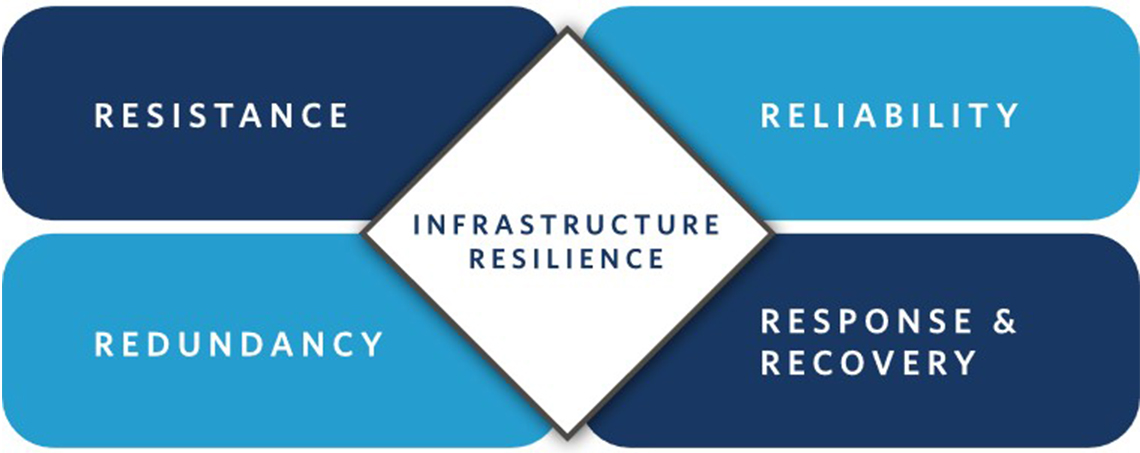
Resilience – Easier Said Than Done
While the need for resilience planning is clear, utilities face complex questions. How to assess resilience – physical, cyber, asset, others – and what resources are available? Which assets should be considered? What threats should be considered, and how likely are they to occur? What are the performance goals; that is, what level of resilience should be targeted, and how can it be targeted to achieve the most cost-effective balance of performance, cost, and risk? The context and drivers behind the WRF project therefore included:
A lack of shared and comprehensive understanding of risk and resilience maturity
The plethora of resilience guidelines, standards, and tools
The challenges of ever-changing regulations
Learning from other infrastructure industries
Building on previous WRF resilience-related projects
Getting Practical about Resilience
The WRF Resilience Practical Framework provides a scalable and adjustable way of seeing where you are and answering critical questions. It then provides guidance on building planning, operational and capital/infrastructure strategies to mitigate risk. Developed from an extensive literature review of relevant regulations, guidelines, models/tools, and other frameworks, it established five practical steps:
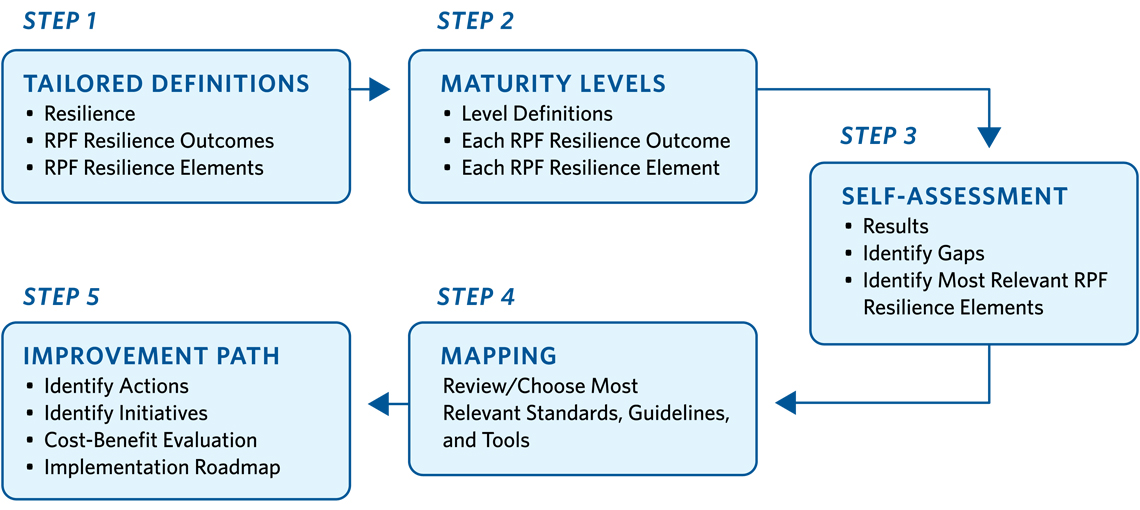
Decide what resilience means to the organization and what it includes. Determine the current state of the organization’s resilience.
Define the level of maturity the organization wants to achieve. Tailor the approach using elements from existing regulations, guidelines, and frameworks. Account for the organization’s specific situation and goals.
Identify key gaps between the organization’s current resilience stance and where it wants to be. Complete a status or gap assessment relative to the desired status.
Select the most useful standards, guidelines, and tools to close the gap. Develop some combination of planning changes, operational changes, organizational changes, and/or capital investment infrastructure.
Develop a workable improvements roadmap.
The Black & Veatch team delivered a customizable toolkit that enables managers of utilities of different locations, sizes, and types to answer their essential resilience questions, find and implement practical tools and information applicable to them, and increase the resilience of their systems through phased improvement strategies.
Resilience is here to stay, growing in importance as a core water utility goal. Black & Veatch’s custom framework makes it straightforward for management teams to strategically develop the solution that is most practical for their respective organizations.



